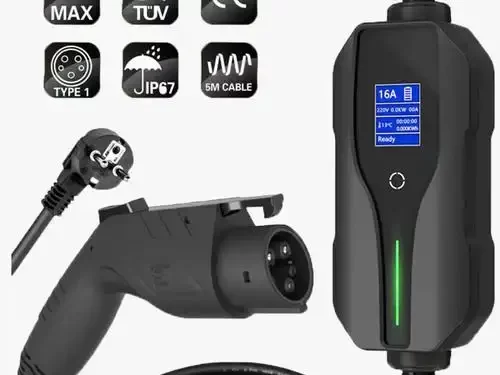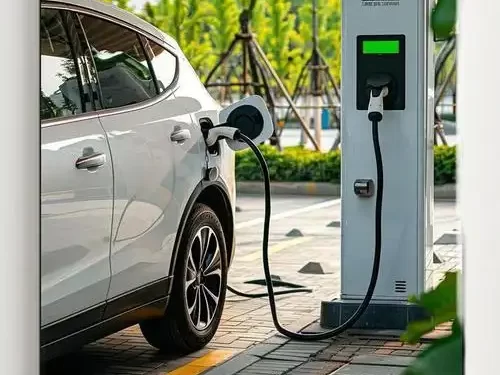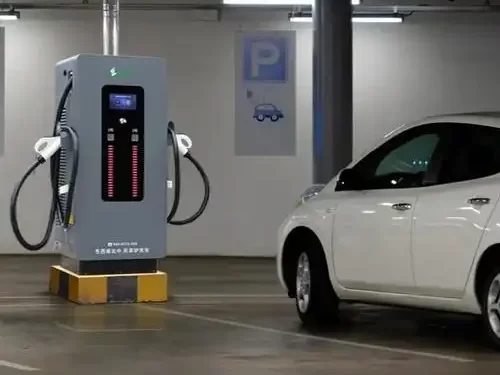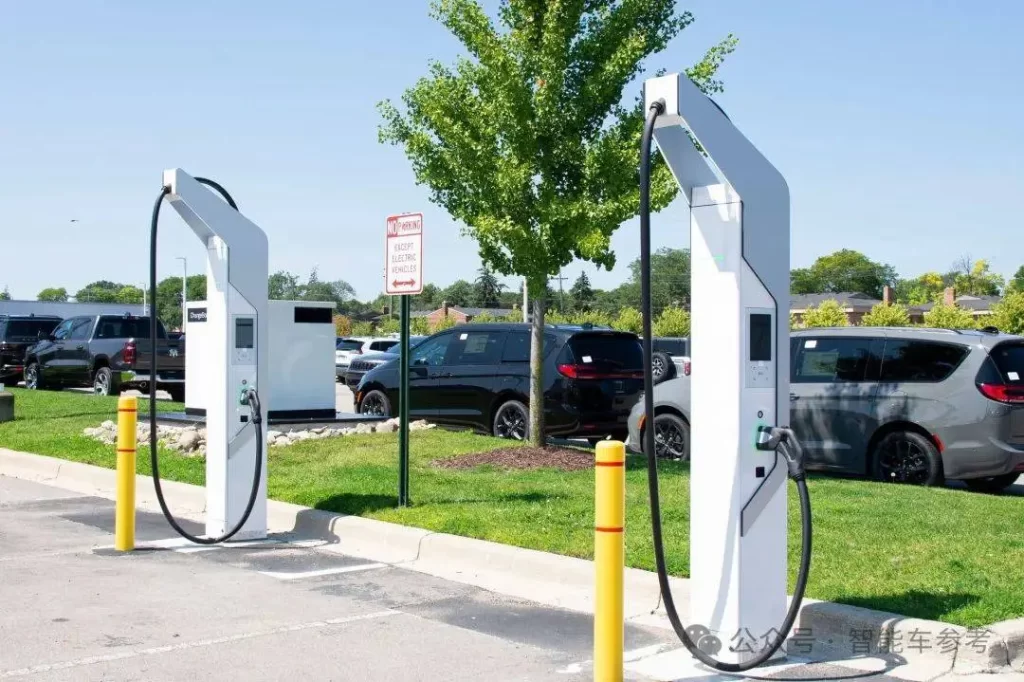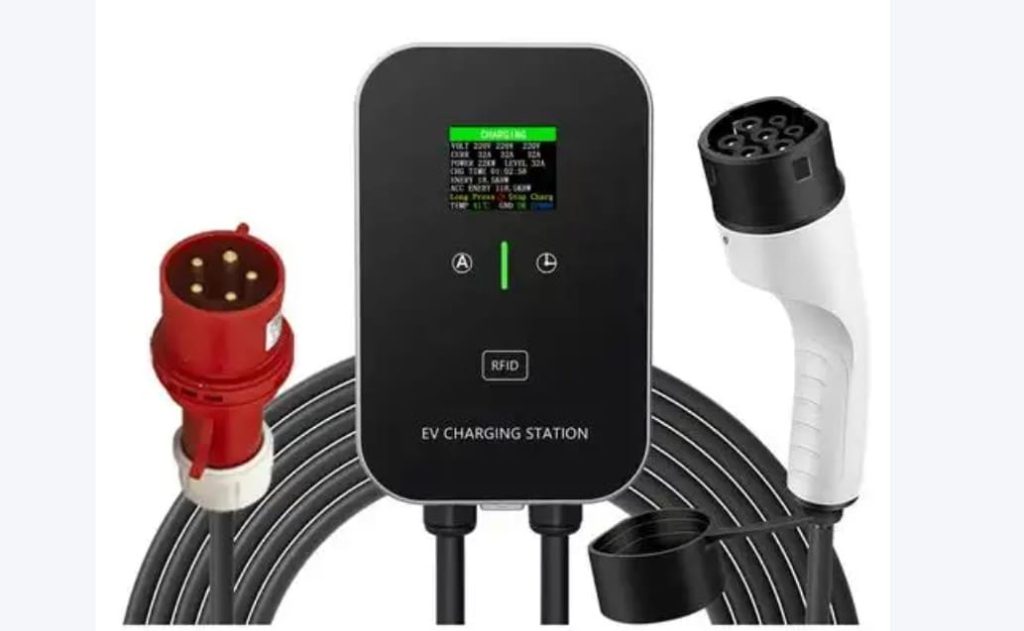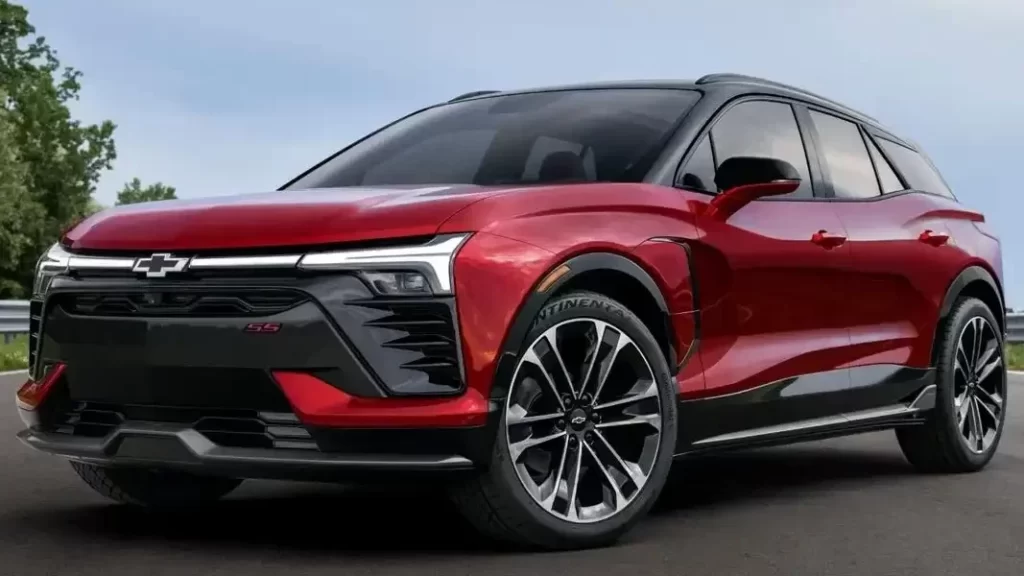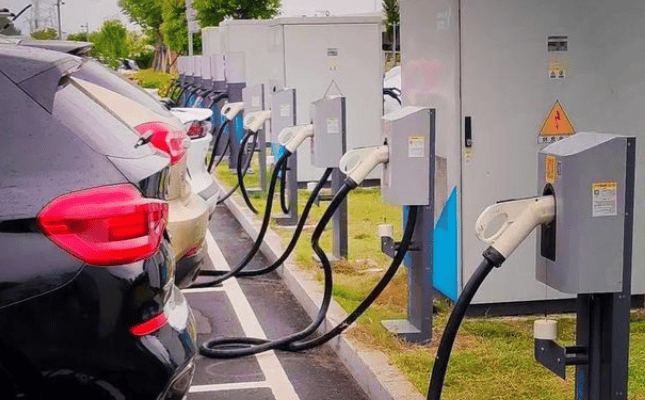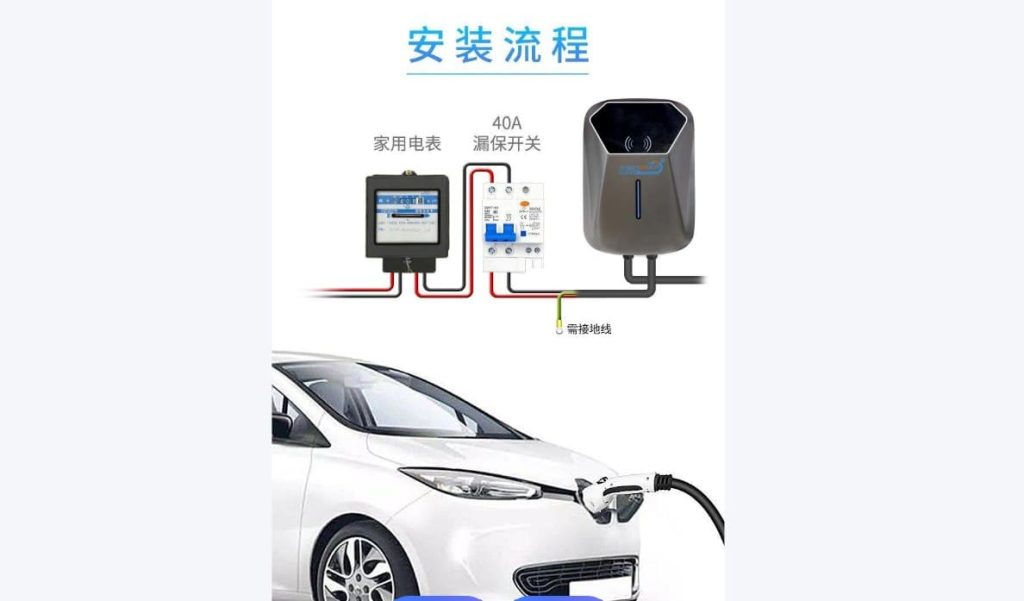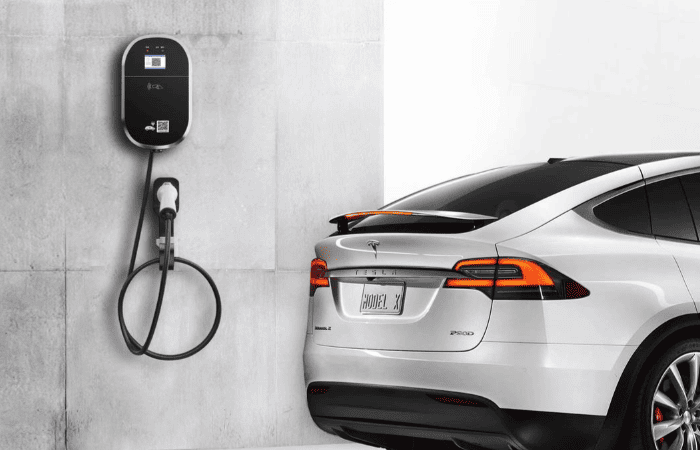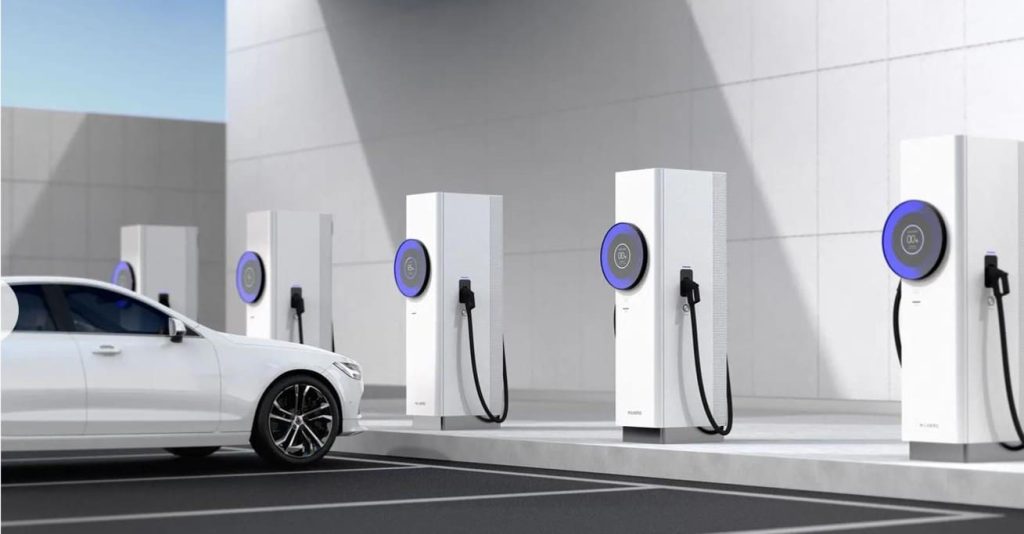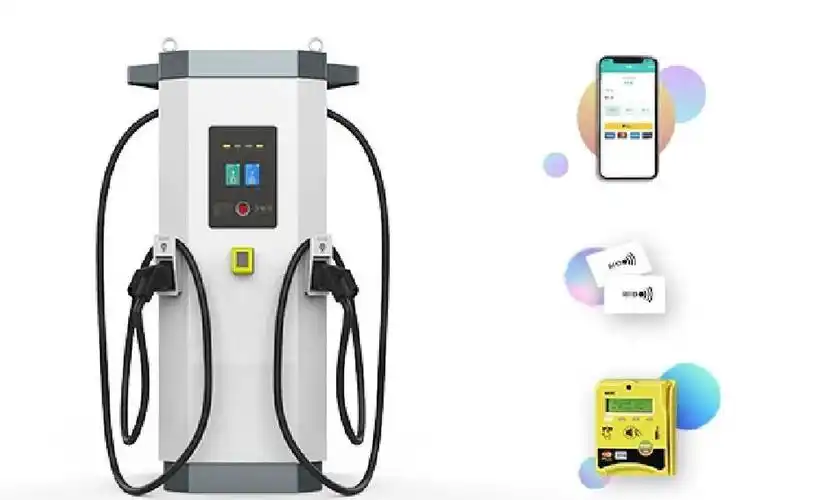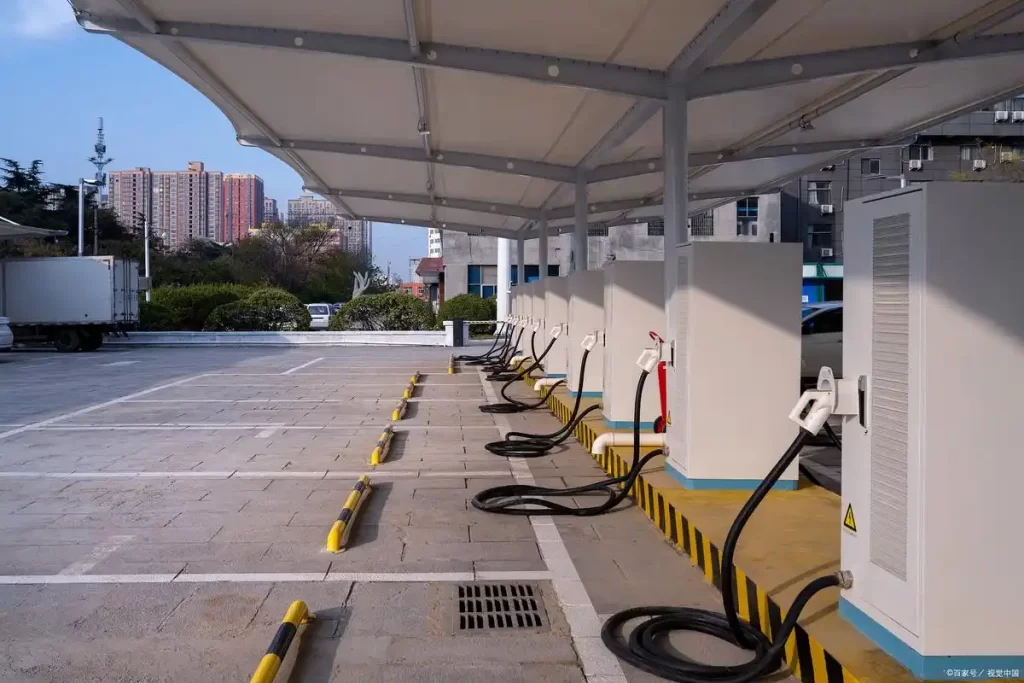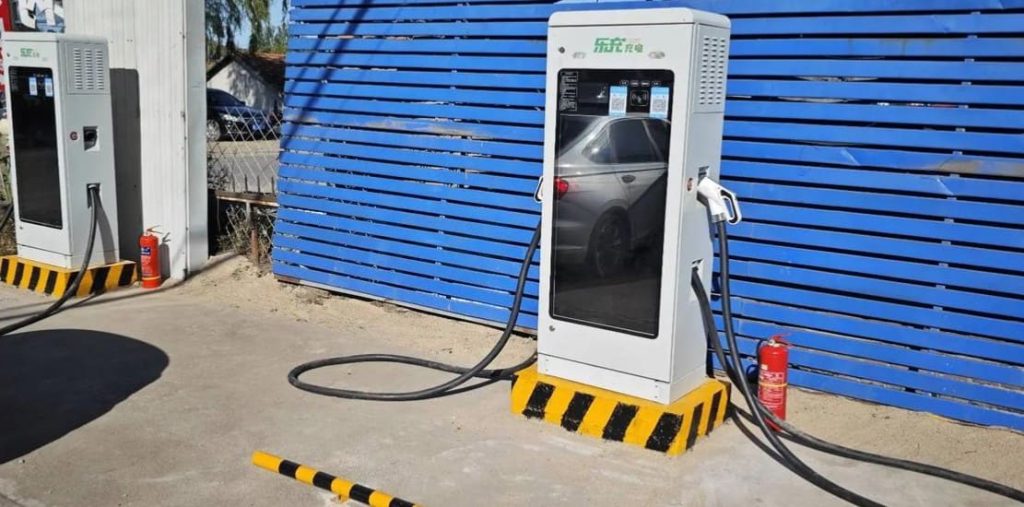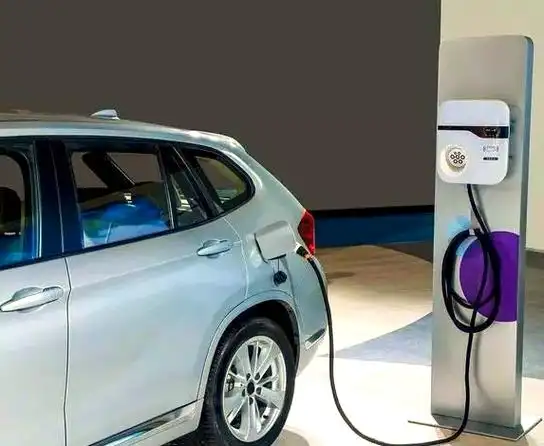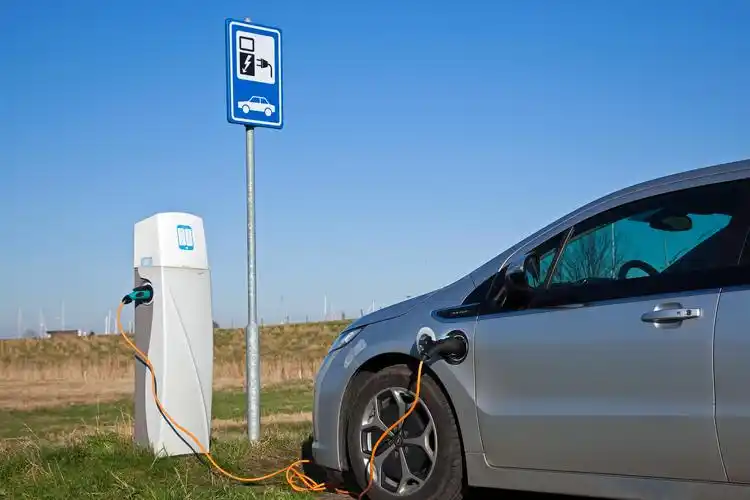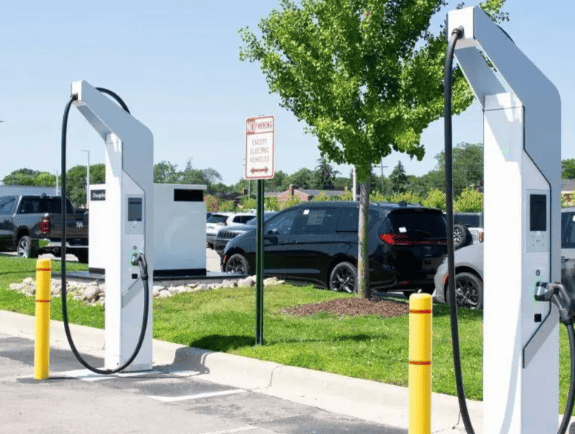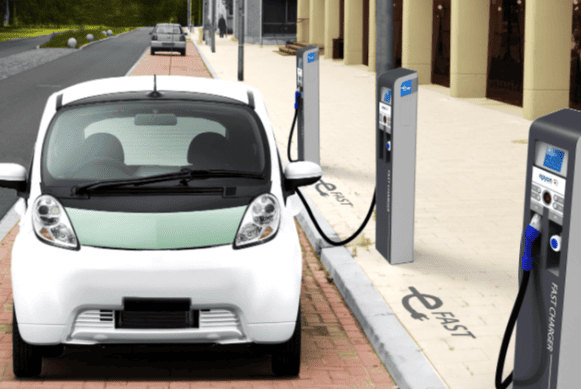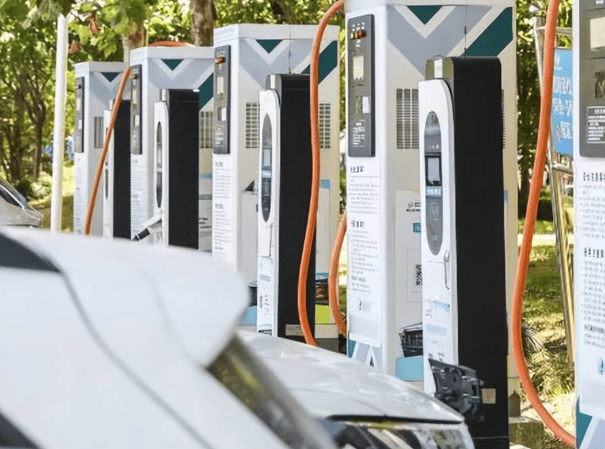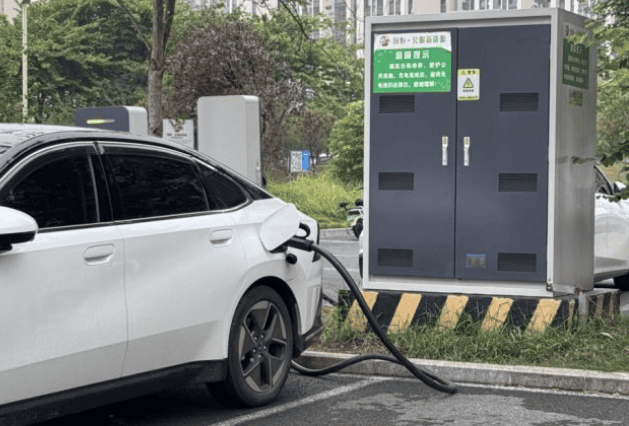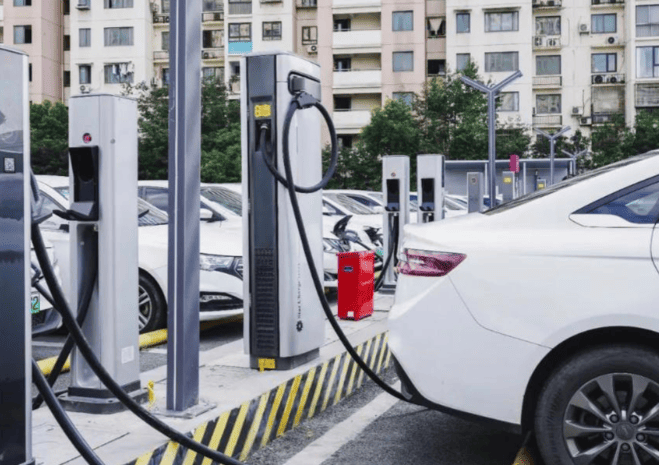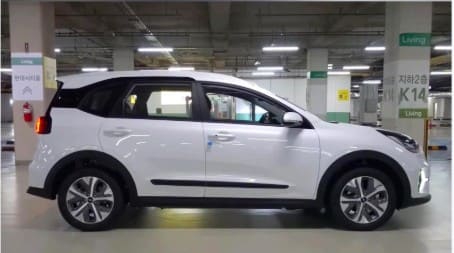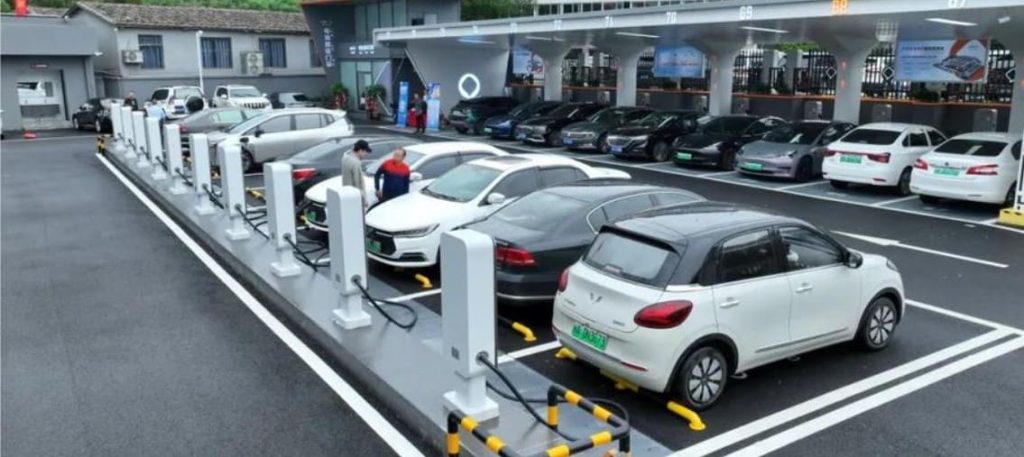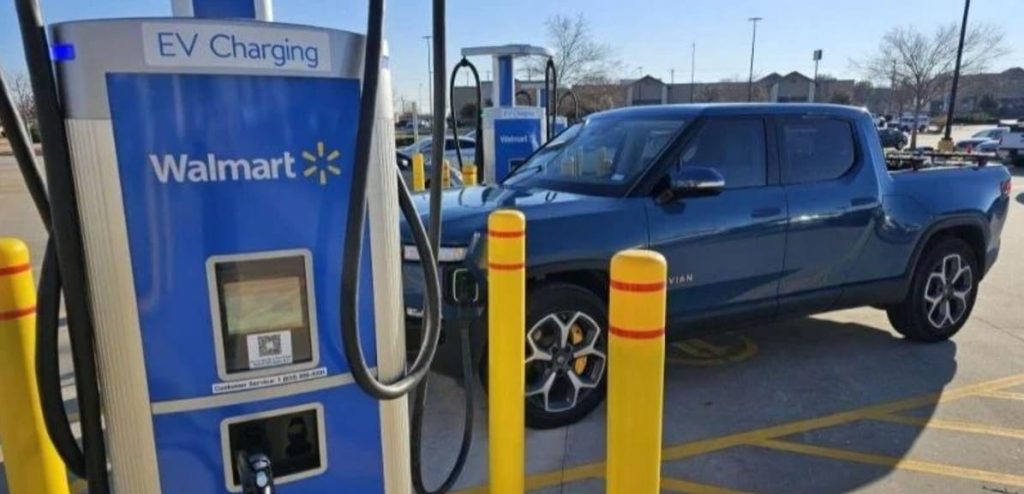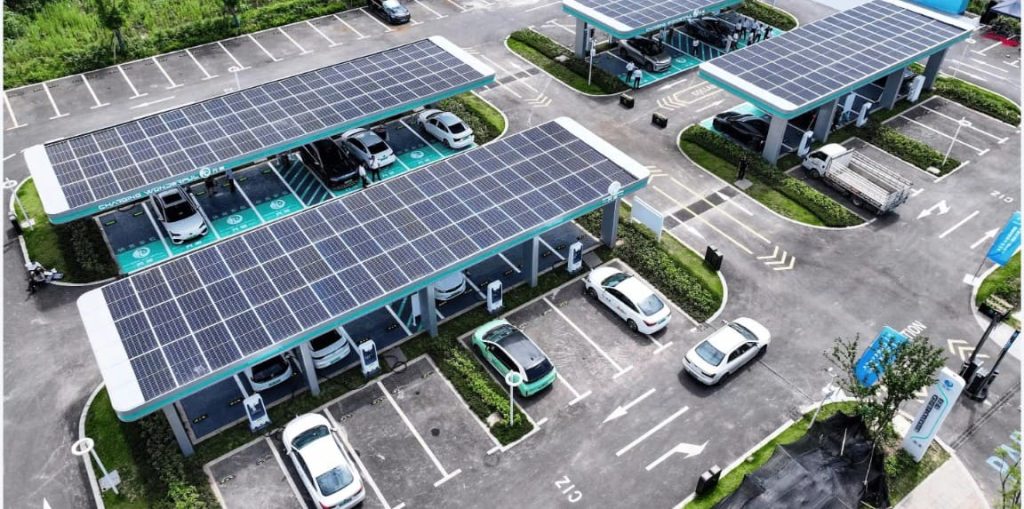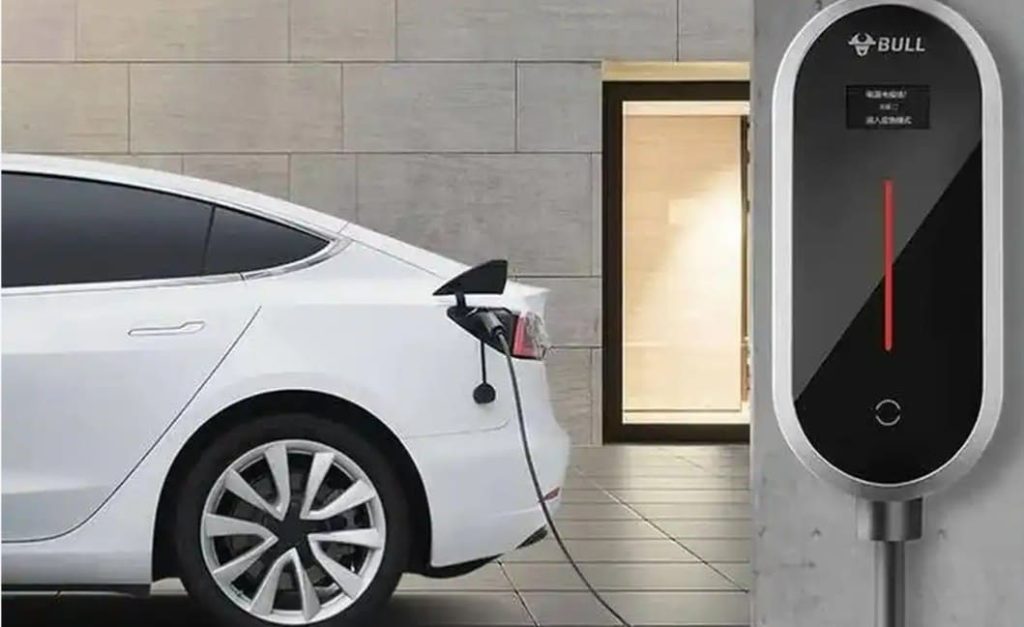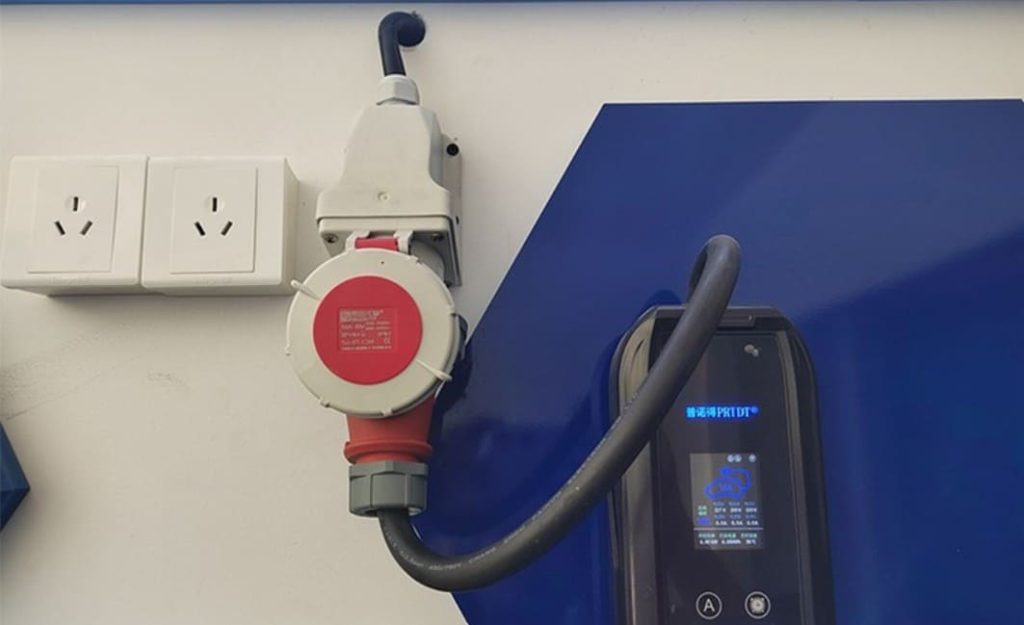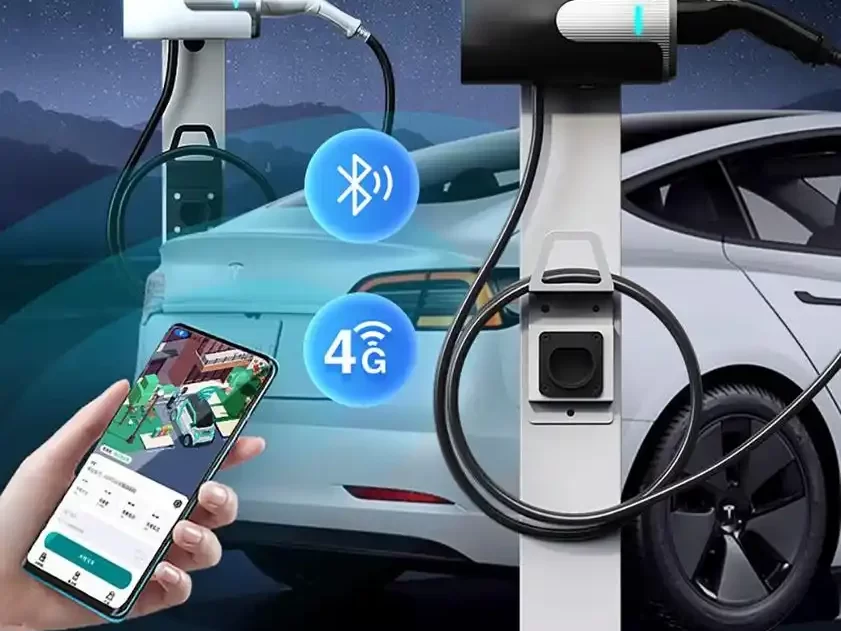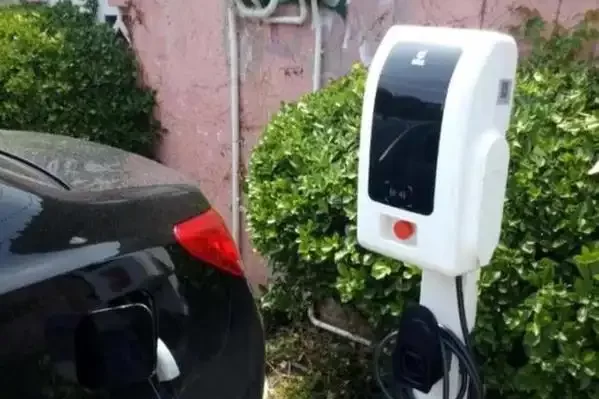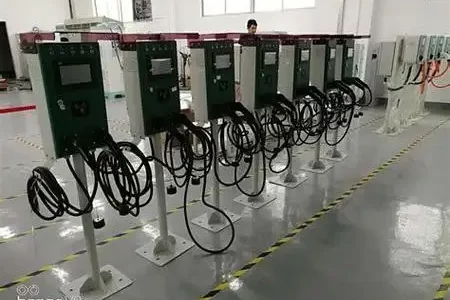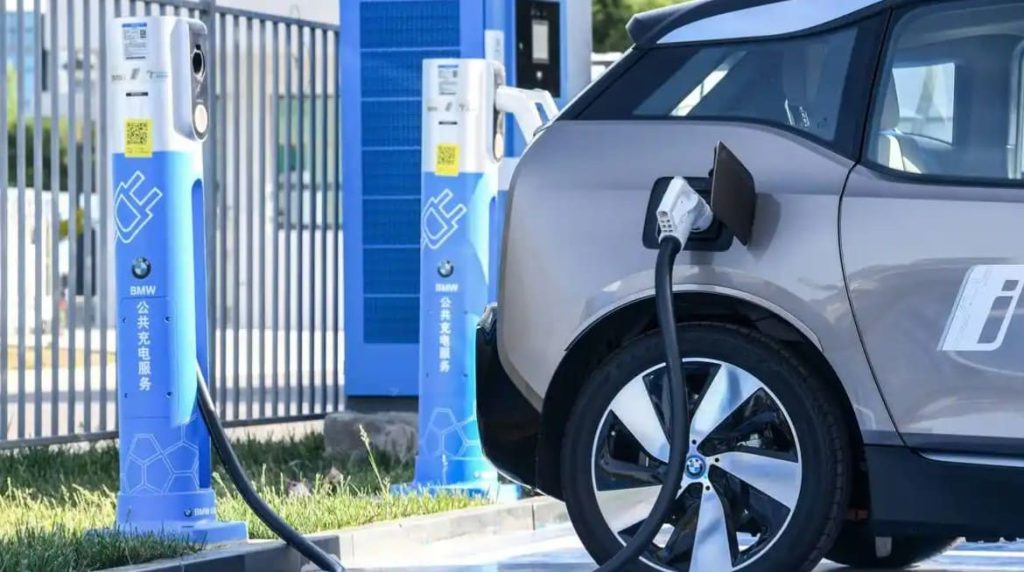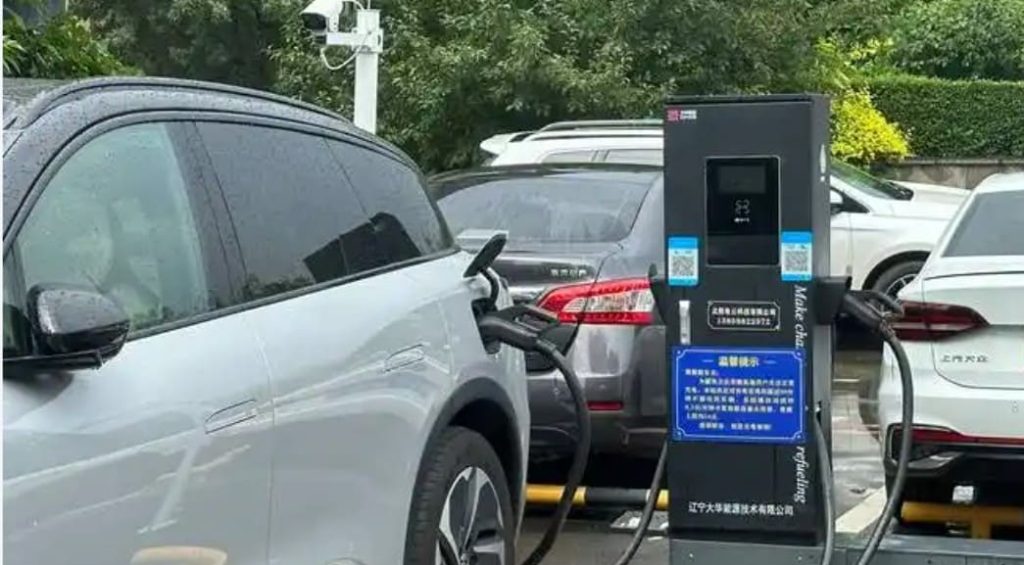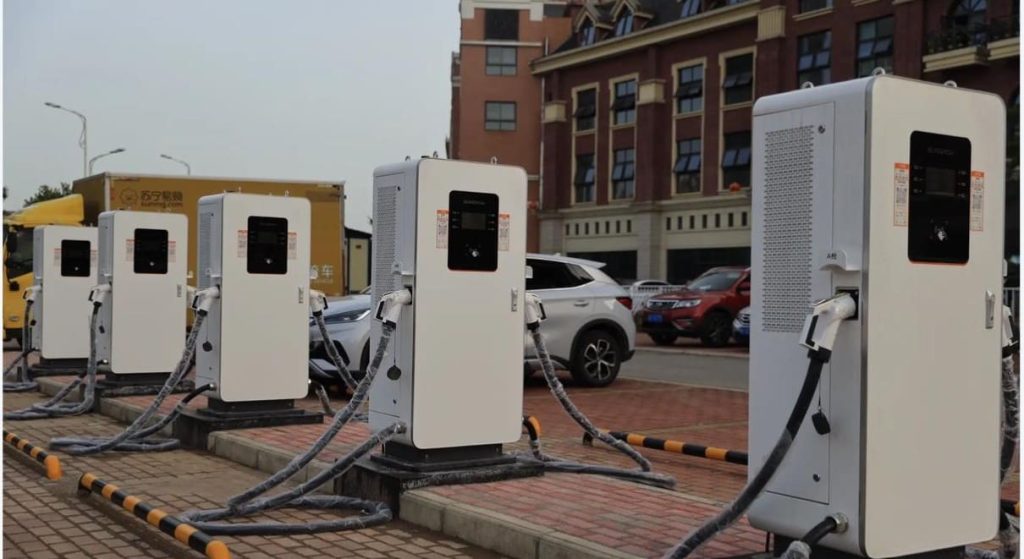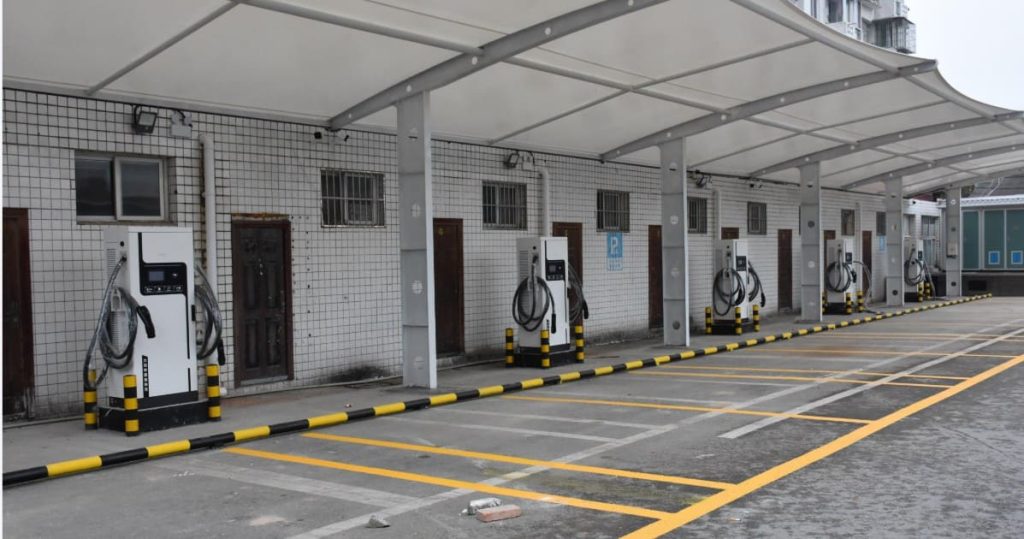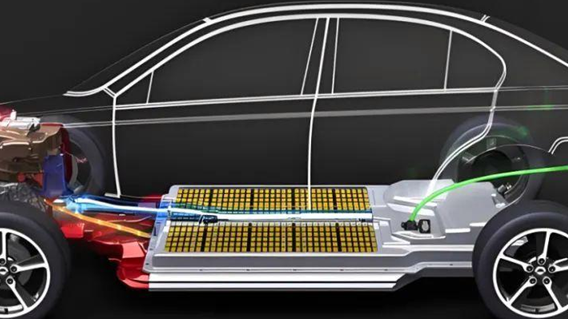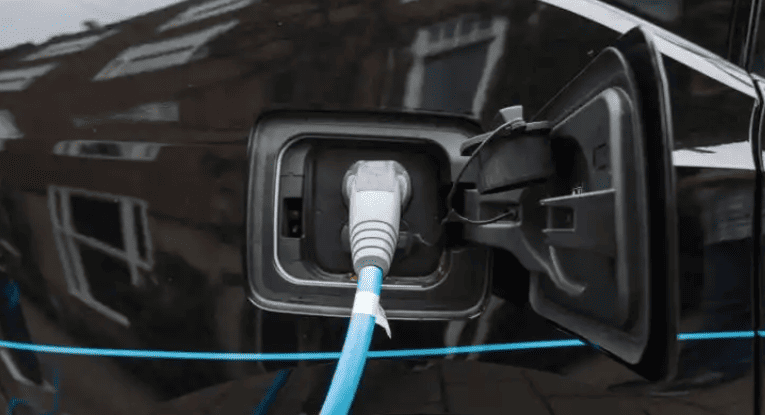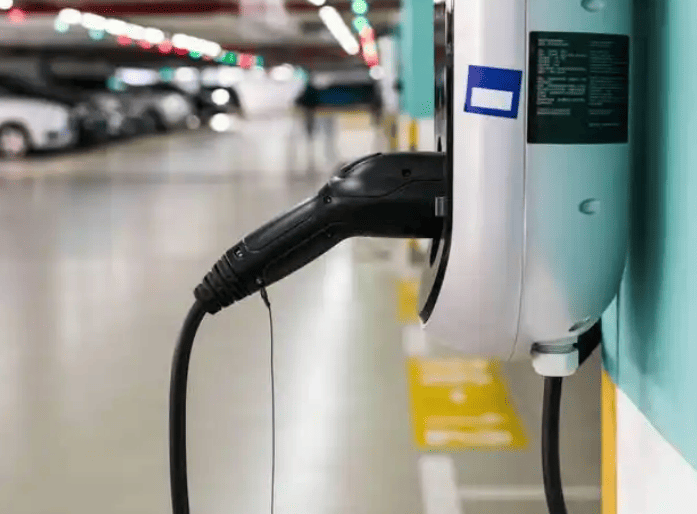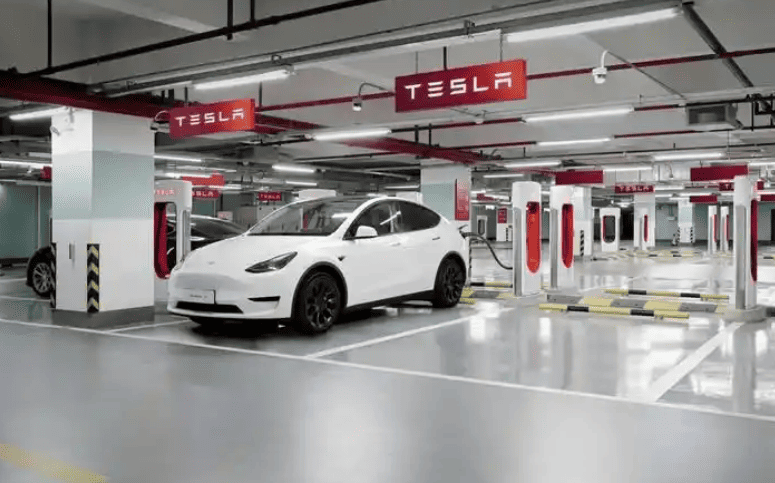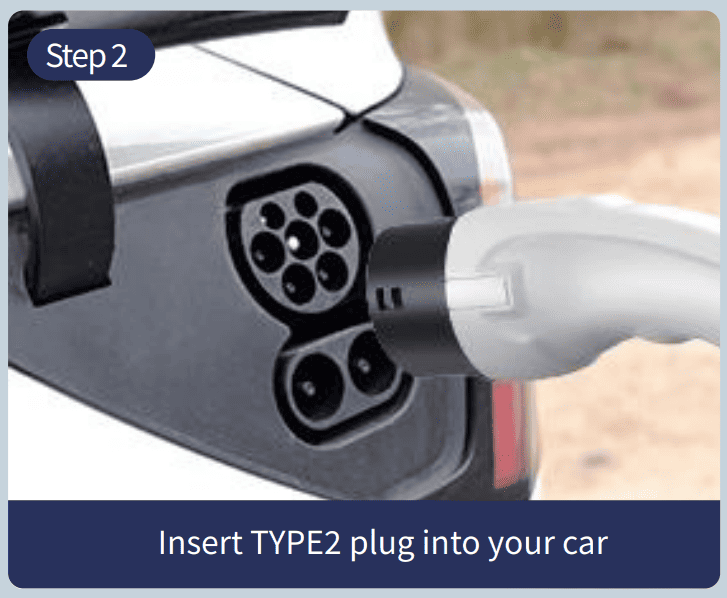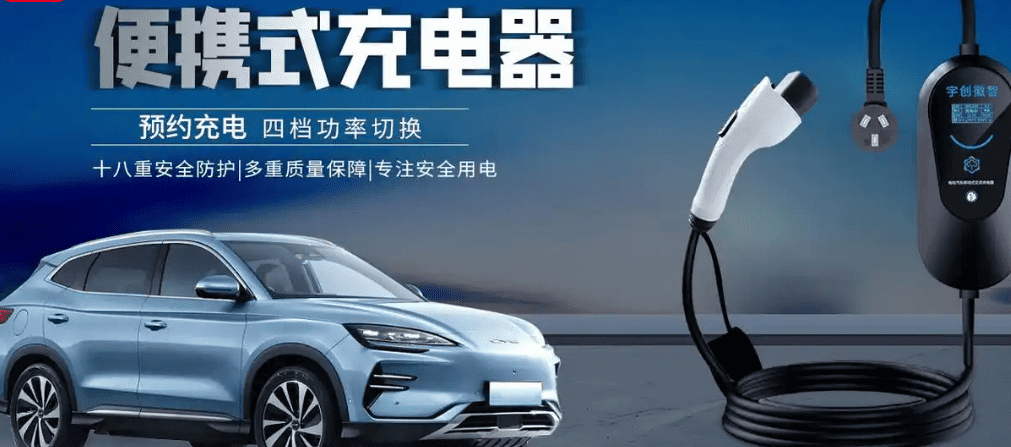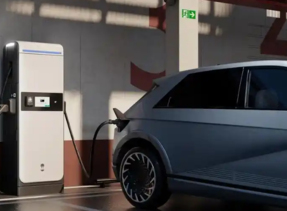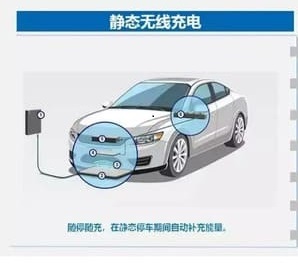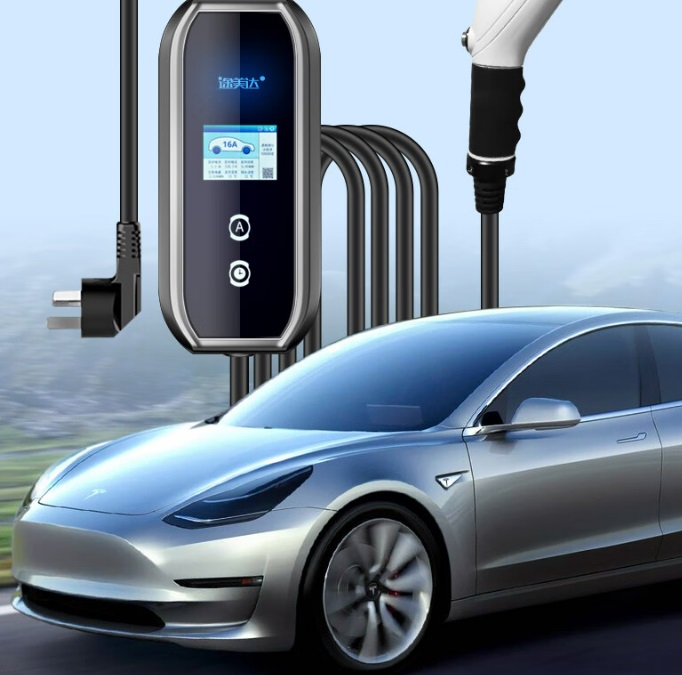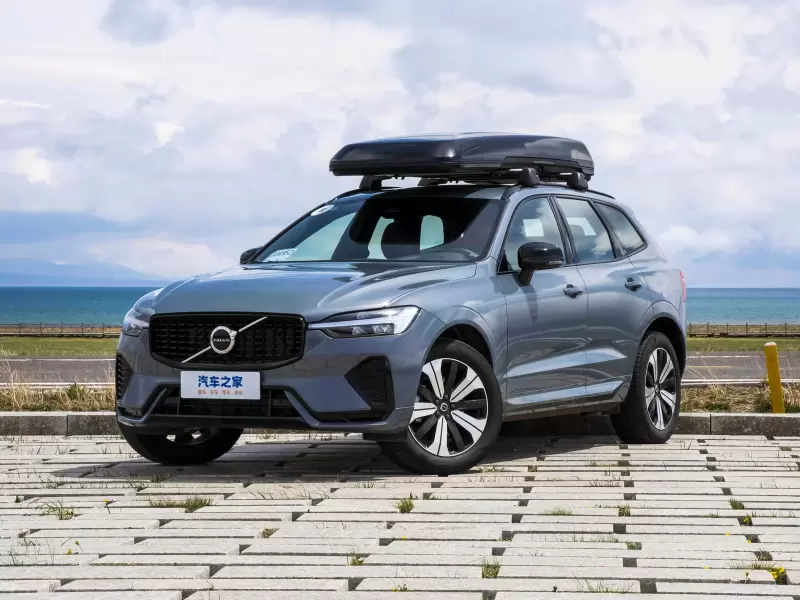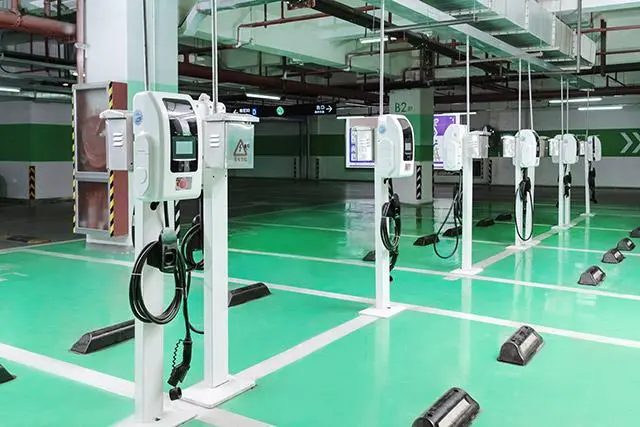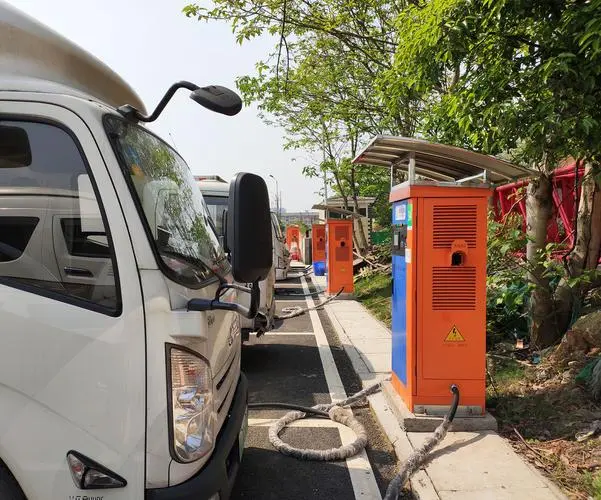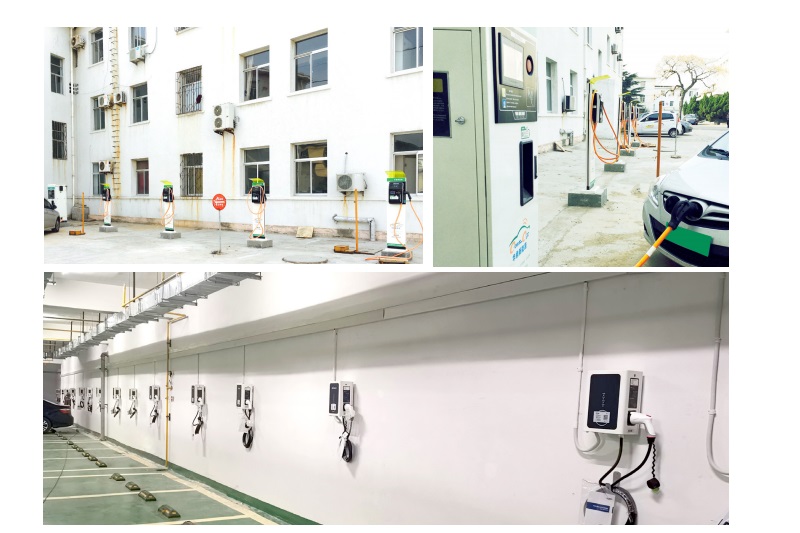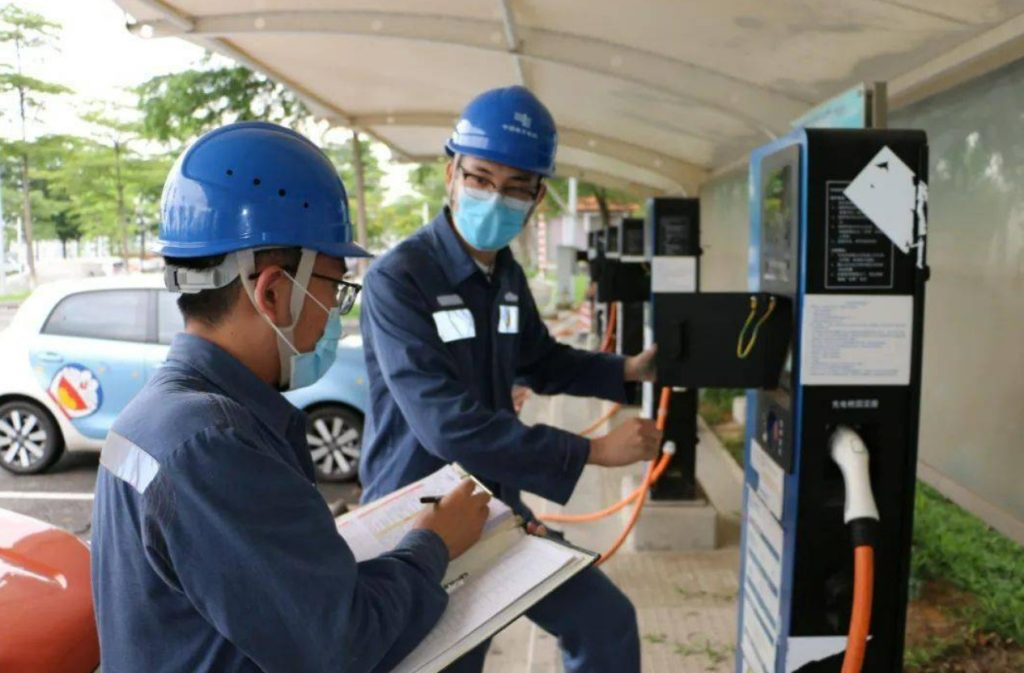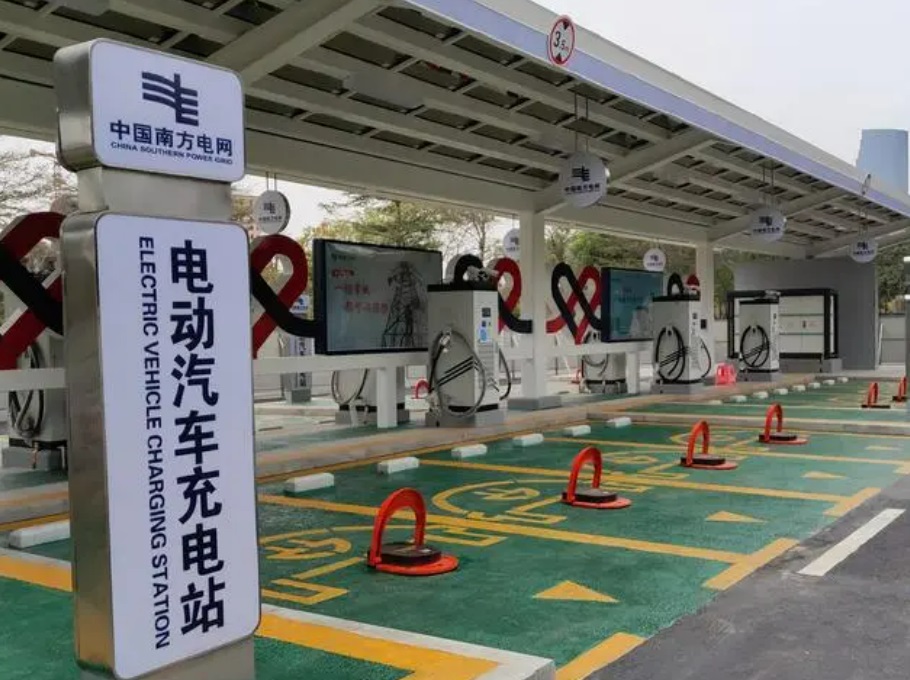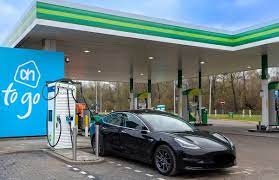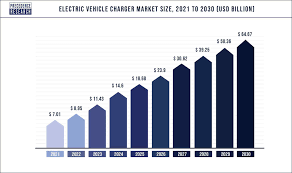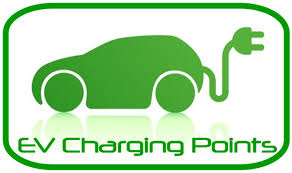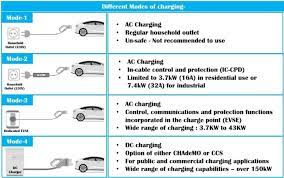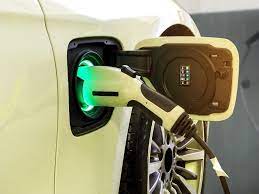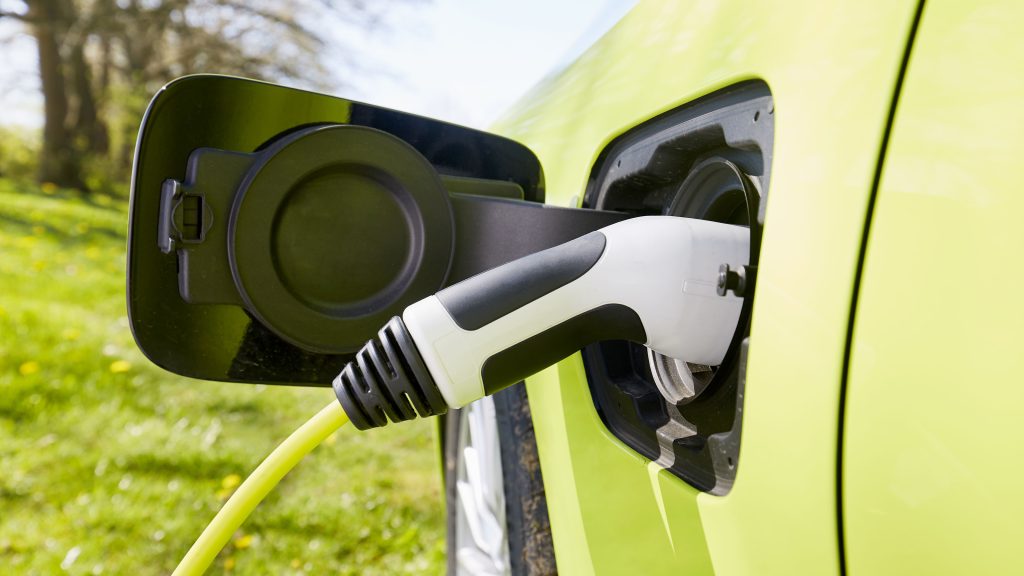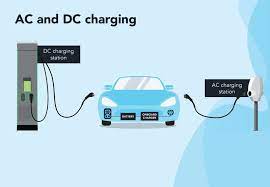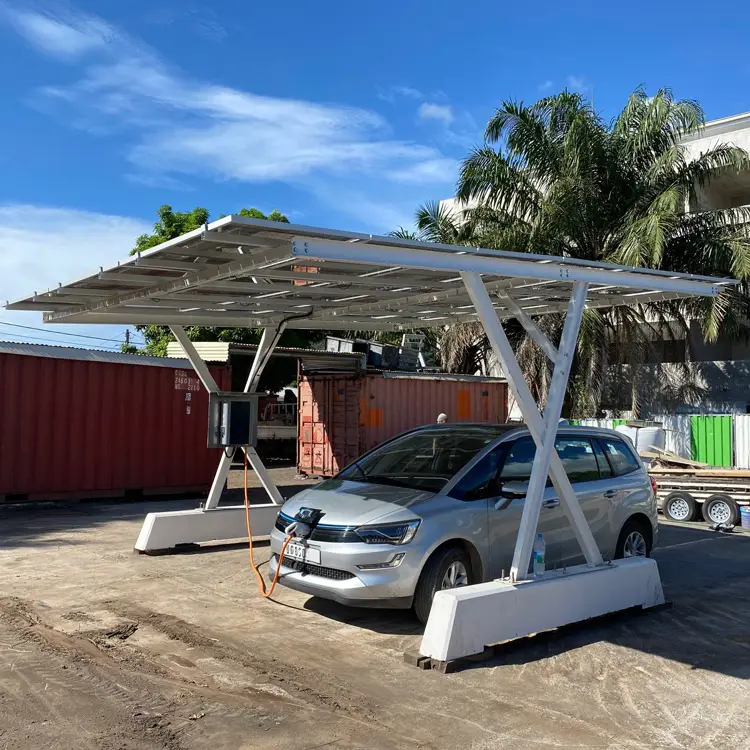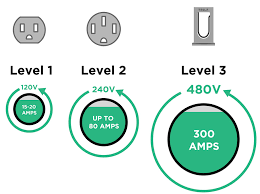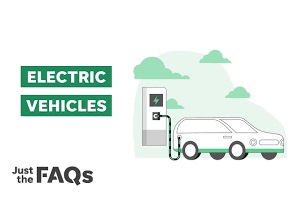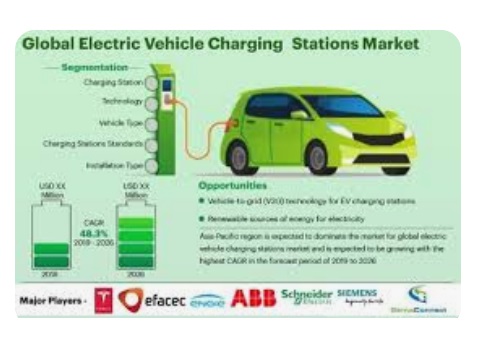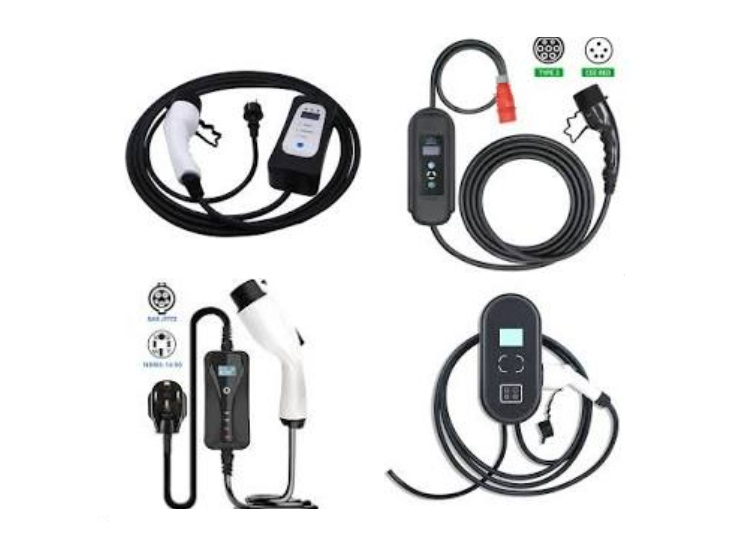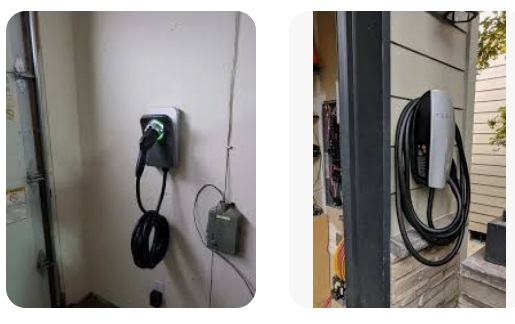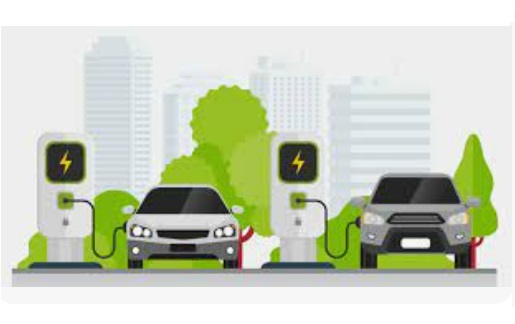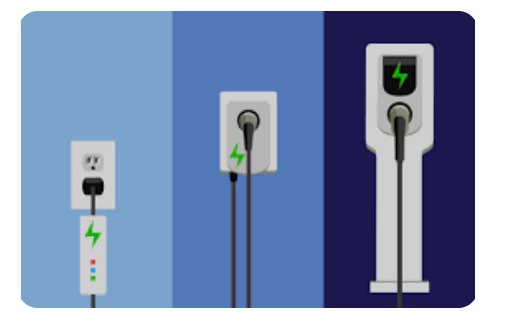How to Start an EV Charging Business?
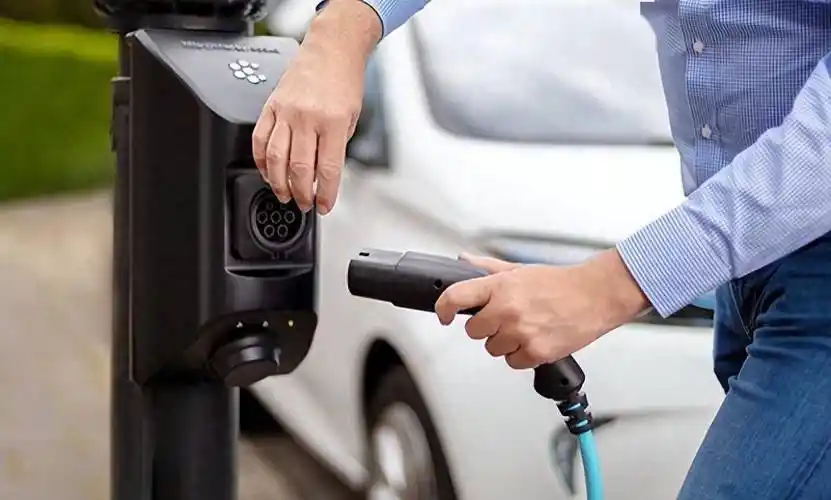
How to Start an EV Charging Business? The process of launching an electric vehicle (EV) charging business is complex and involves careful planning in a number of important areas, including negotiating incentives and regulations, researching the market, choosing the best technology, creating an effective operational plan, and creating a long-term financial plan.
Market Research and Strategic Planning: Identifying Your Niche
The foundation of a successful EV charging business is a deep understanding of the local market. This begins with demographic and geographic analysis. You need to identify areas with a high concentration of EV owners or areas primed for future adoption. Look at vehicle registration data, income levels, and types of housing (e.g., apartment dwellers are more likely to need public charging than single-family homeowners with garages). Analyze the existing competitive landscape using apps like PlugShare to map out all current charging stations. Your goal is to find a “charging desert”—an area with high traffic but few chargers—or to identify an underserved segment, such as fleet vehicles for local delivery services or ride-sharing drivers.
Next, define your business model and value proposition. Will you focus on:
- Destination Charging: Placing Level 2 chargers at locations where people spend 1+ hours, like shopping malls, hotels, restaurants, and movie theaters. The value is added convenience for customers, and you can partner with the business to share revenue.
- Fast-Charging Hubs: Installing DC fast chargers (DCFC) along highways or major arterial roads for long-distance travel and quick top-ups. This requires a larger investment but serves a critical need and can capture higher revenue per session.
- Fleet Charging: Providing dedicated charging solutions for companies with electric vehicle fleets (taxis, delivery vans, municipal vehicles). This offers predictable, recurring revenue through contracts.
A formal business plan is essential. It should detail your market analysis, operational strategy, financial projections (including a detailed breakdown of startup and operational costs), and a clear plan for securing funding.
Navigating Regulations, Permits, and Utility Interconnection
The regulatory aspect is one of the most complex parts of starting a charging business. You must secure the proper business licenses and permits from your local city or county government. These typically include a general business license and may require specific electrical or construction permits for the installation.
The most critical and time-consuming step is utility interconnection. You must formally apply with your local electric utility to connect your charging stations to the grid. This process involves:
- Load Study: The utility will assess if the local grid can handle the additional demand from your chargers, especially for DCFC stations which require immense power.
- Cost Estimation: The utility may require you to pay for necessary grid upgrades (like a new transformer or upgraded power lines), which can be a significant, unexpected expense.
- Rate Selection: You must choose a commercial electricity rate. Often, “demand charges” (fees based on your highest power draw in a month) can make up a large portion of your electricity bill. Understanding and managing these charges is crucial for profitability.
You will also need to ensure compliance with building codes, zoning laws, and accessibility standards (like the ADA in the U.S.). This may involve site plans, electrical diagrams, and inspections.
Site Selection, Technology Selection, and Installation
Location is paramount. For public charging, ideal sites have:
- High visibility and easy access from major roads.
- Amenities for drivers (restrooms, food, coffee) to make the 15-30 minute charging stop pleasant.
- Sufficient space for safe maneuvering, including for larger electric vehicles.
- Existing electrical infrastructure to minimize upgrade costs.
Choosing the right technology involves selecting:
- Charger Type: Level 2 (AC) for destinations, DC Fast Chargers (DCFC) for corridors. Consider a mix to serve different needs.
- Charger Power: DCFC units now range from 50kW to 350kW. Higher power units are more future-proof but significantly more expensive.
- Networked vs. Non-Networked: Networked chargers are essential. They allow for remote monitoring, management, payment processing, and software updates. Choose a reputable Charge Point Operator (CPO) software platform.
- Reliable Hardware: Partner with established manufacturers known for reliability and good customer support to minimize downtime.
Professional installation by a licensed electrician experienced in EVSE is non-negotiable. They will handle the trenching, conduit installation, mounting, and final electrical connections to ensure everything is safe and up to code.
Business Operations, Management, and Marketing
Once installed, your focus shifts to daily operations. Your network software platform is your command center. It allows you to:
- Set pricing (per kWh, per minute, or a hybrid model).
- Process payments and manage revenue.
- Remotely monitor charger status, diagnose faults, and reboot units if needed.
- Generate reports on usage, revenue, and energy consumption.
Maintenance is key to reliability. Develop a plan for regular cleaning, inspection, and swift repair of malfunctioning units. Downtime directly translates to lost revenue and customer frustration.
Marketing your stations is crucial for driving utilization. Ensure your stations are listed on all major navigation and charging apps like Google Maps, Apple Maps, and PlugShare. Partner with the location host (e.g., a mall) to promote the availability of charging to their customers. Consider offering promotional pricing when you first launch to attract initial users.
Financial Planning, Funding, and Revenue Optimization
A clear financial model is vital. Your primary revenue stream will be the markup on electricity (the “service fee”). Secondary revenue streams can include:
- Advertising on charger screens or the mobile app.
- Subscription models for discounted charging rates.
- Selling energy back to the grid through demand response programs if you have battery storage.
Understand your costs: Upfront costs include equipment, installation, permitting, and grid upgrades. Ongoing costs include electricity, network service fees, maintenance, credit card processing fees, and site lease payments.
Explore funding and incentives. Governments worldwide offer grants, tax credits, and rebates to offset the cost of purchasing and installing EV charging infrastructure. These can dramatically improve your return on investment (ROI). Calculate your projected payback period carefully; for DCFC stations, it may take 3-7 years to break even, depending on utilization rates, electricity costs, and initial investment.
Conclusion: Building a Future-Proof Business
Establishing an EV charging company is a big task that combines technology, energy management, real estate, and customer service. A strategic approach to location, a thorough comprehension of the regulatory and utility landscape, an emphasis on dependability and user experience, and a sound financial plan are all necessary for success.
We are only at the beginning of the EV revolution. You can position your company as a vital component of the infrastructure for the shift to electric vehicles by entering the market now with a well-thought-out and meticulously carried out plan. This will allow you to create a successful business that also helps create a more sustainable future. To gain experience, start with one strategically located site and work your way up to a larger network.

